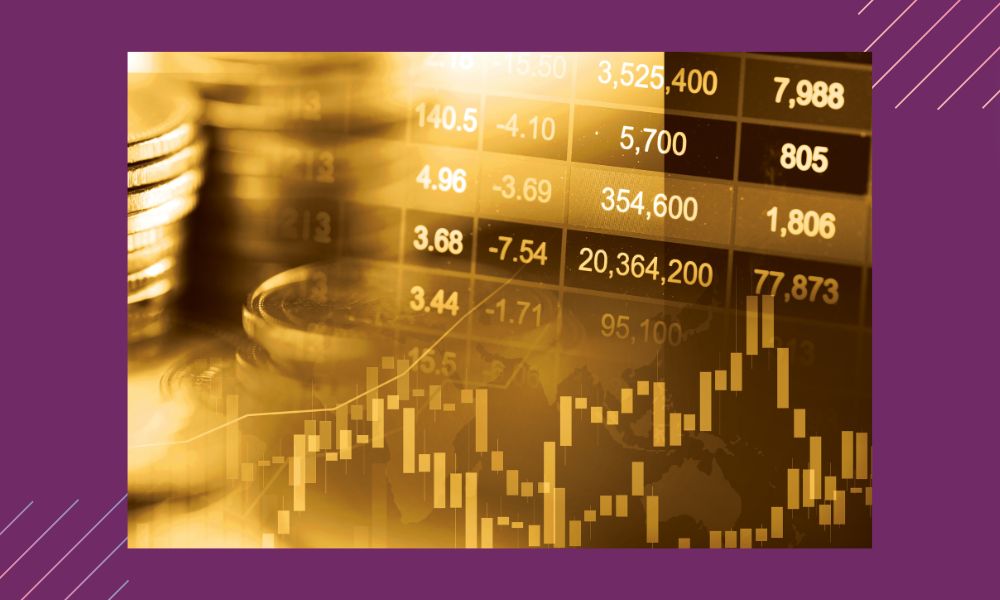The Federal Reserve, the European Central Bank, and the Bank of England all have key policy choices to make next week.
The important concern for traders and investors is whether inflation has peaked, giving authorities more leeway to raise interest rates gradually in the coming months.
Monthly consumer inflation in the United States is also coming next week, one day before the Fed's policy meeting on December 14, and might be crucial in shaping longer-term monetary policy expectations.
"U.S. CPI is the one data release that seems to really important for broader dollar movement at the moment, and not a lot is happening until we get those central bank meetings and one key monthly U.S. data release," RBC currency strategist Adam Cole said.
The dollar held stable versus a variety of major currencies. The euro was recently trading flat versus the US dollar at $1.0507, while the pound fell 0.3% to $1.2171.
The yen, which is particularly sensitive to changes in US Treasury yields, lost 0.25% to 136.90, giving up some of its 0.4% gain on Wednesday.
Since hitting a 15-year high in late October, the 10-year Treasury yield has declined virtually constantly, losing over a full percentage point. In fact, it has unwound over half of the gain that occurred between August's four-month lows and October's top of around 4.34%.
Meanwhile, oil prices have dipped below $80 per barrel for the first time since Russia invaded Ukraine in late February, as concerns grow about the impact of a slowing economy on global energy consumption.
Brent crude futures have fallen to approximately $78, having nearly half since a 14-year peak of $139.13 in early March. According to the American Automobile Association, gasoline prices at the pump in the United States are presently at $3.329, down 0.4% from where they were at this time last year.
As energy prices have fallen, market-based inflation predictions have risen as well. The 10-year breakeven inflation spread, calculated by subtracting the yield on an inflation-linked Treasury note from the yield on a nominal 10-year note, is now only 2.27%, after peaking above 3% in April.
These two causes, together with dwindling expectations that the Fed would continue to raise interest rates at the same rapid pace, have shaved 6.2% off the dollar's value so far this quarter.
According to Refinitiv statistics, the dollar is on track for its worst quarterly performance since the third quarter of 2010, when it fell 8.5%, but its worst fourth-quarter performance since 2004.
"The price action continues to show that market investors are growing less concerned about upside inflation risks and more concerned about downside risks to global economy," MUFG currency strategist Lee Hardman wrote in a note.
The 10-year yield was last up 5 basis points at 3.45%, having dropped to its lowest level in nearly three months overnight.
Money markets predict that the policy-setting Federal Open Market Committee will raise rates by half a point next week, with only a 9% likelihood of another 75 basis point hike. Rates are expected to peak at just about 5% in May.
Meanwhile, the yuan was trading around a three-month high after China announced another relaxation of some of its very restrictive COVID controls.
In offshore trading, the US dollar rose 0.1% to 6.9670 yuan, recouping some of its 0.34% drop on Wednesday, when the Chinese government announced a relaxation of several COVID-19 rules that had slowed the economy.





No comments:
Post a Comment